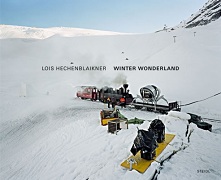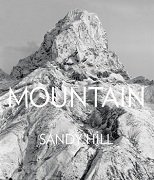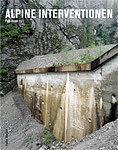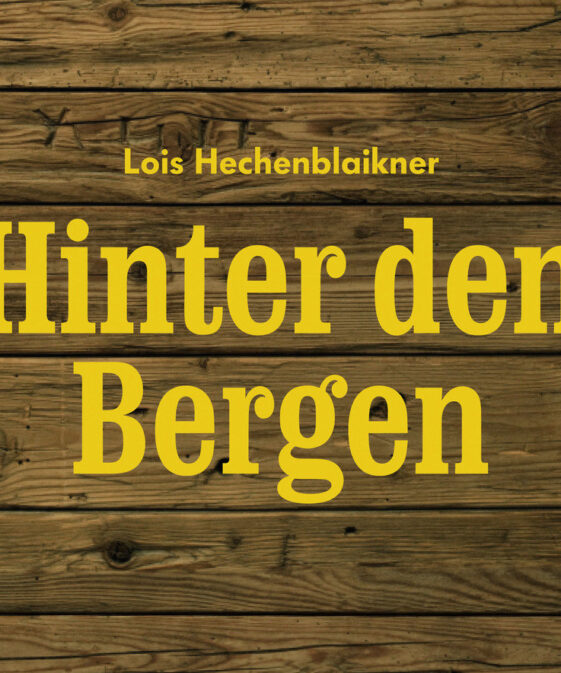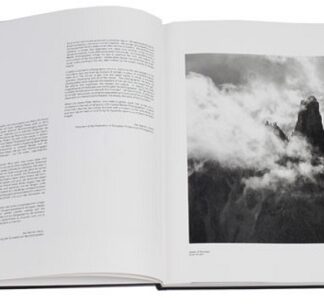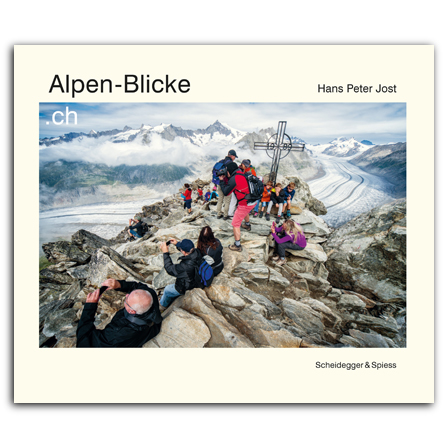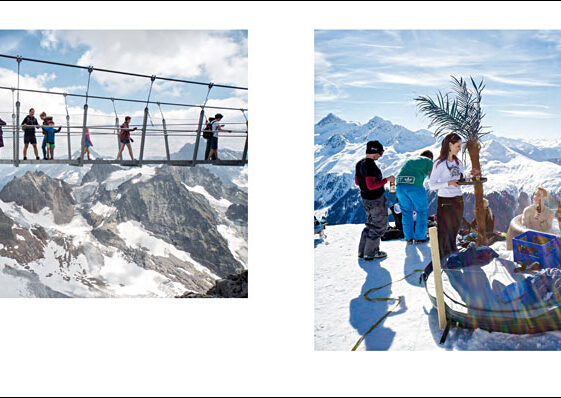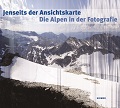Wir sehen Massen in grellen Anoraks vor Liftanlagen; Snowboarder auf einer
Halfpipe, die gigantische Zuschauermenge von bunten Lichtkegeln angestrahlt;
ein Gletscherfeuerwerk – und dann plötzlich Leere: Verwaiste Schneebars im
Après- Ski-Dekor, Müllberge am Ende eines Skitags und schrundige
Pistenlandschaften im Sommer. Lois Hechenblaikner zeigt wie die Kommerzkultur
die Berge in Besitz genommen hat, wie sie die Natur zerfurcht, mit technischer
Infrastruktur überzieht und dabei Tiroler Traditionen bis zur Unkenntlichkeit
pervertiert. Das alles ist aus einem einzigen Bild herauszulesen, wenn unter
einer Zapfanlage, deren Ausmaße an die Schaltzentrale eines Kraftwerks
erinnern, ein kleines Schild mit der Aufschrift: `Glühwein` zu sehen ist. Was
Hechenblaikner beim Fotografieren seiner Heimat Tirol antreibt, ist ein
äußerst fruchtbarer Humor der Verzweiflung.
Hechenblaikner`s intimate knowledge of the subject, the great perseverance and
patience he brings to bear when pursuing how event culture and mass tourism
have mutilated the former mountain farmers` country, make him the most
expressive documentarian of today`s Alpine reality. Tobia Bezzola Have fun
reads a sign on a ski run, a photograph of which opens Winter Wonderland. And
fun we have exploring these images of Hechenblaikner`s native Tyrol including
masses of fans at a ski event, fireworks illuminating slopes at night, ski
lifts in the off-season navigating rocky outcrops, and rubbish in the snow
after a day of revelry. This book is a documentation of this landscape and an
ironic look at the perversion of Alpine culture that shapes it in the interest
of commerce. Lois Hechenblaikner was born in 1958 in Tyrol where he lives and
works today. After nearly two decades working in Asia as a travel
photographer, Hechenblaikner returned to Tyrol and began exploring the impact
of tourism on its landscape.
| Region | |
|---|---|
| Erscheinungsjahr | |
| Sprache | |
| Autor |
Recommendations on the topic
Art / Culture
Documentations
Art / Culture
Documentations
Art / Culture
Art / Culture
Art / Culture
Art / Culture
Documentations


